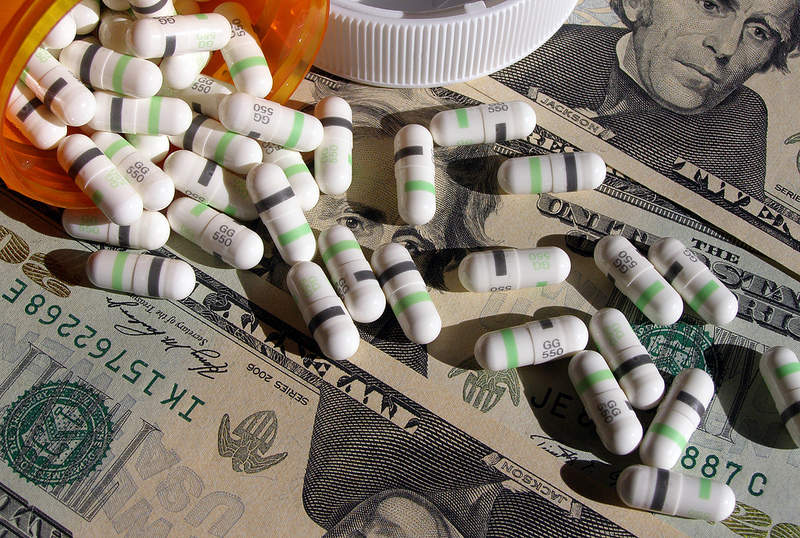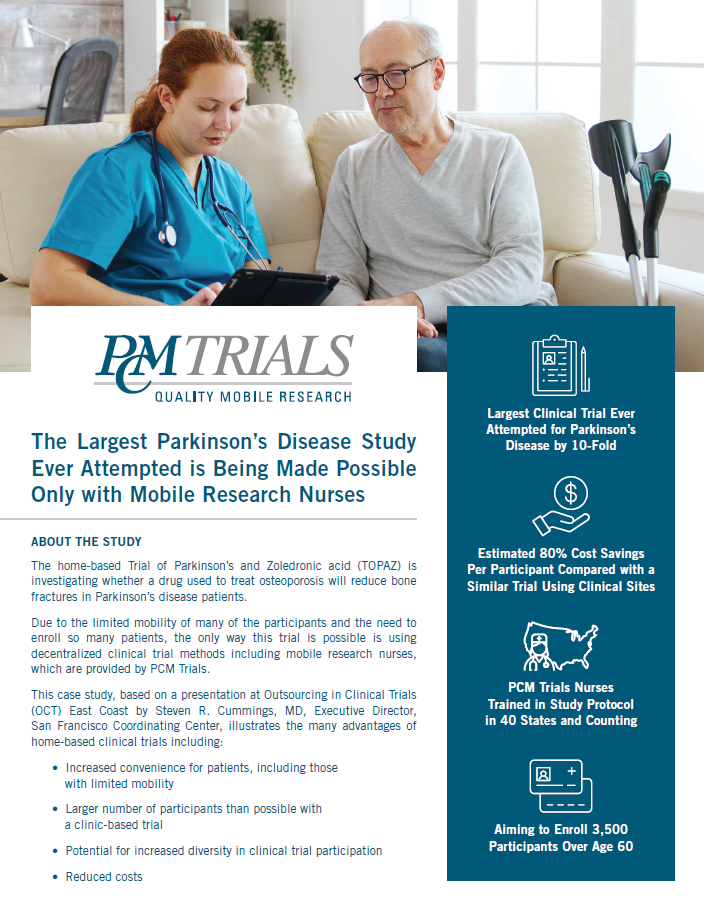
Drug Price Control Policies Around the World
What value do we ascribe to innovative medicines, and how much are we willing to pay for them? The answers to these two questions are often quite different. There is little argument that advances in medical science are of inestimable value to society, and that high-quality medicines and healthcare interventions are a key component in improving lives around the world.
This value is recognised in the United Nations’ (UN) Sustainable Development Goals, which include, under the third goal to ensure healthy lives and promote well-being for all, a target to provide “access to safe, effective, quality and affordable essential medicines and vaccines for all”.

US Tariffs are shifting - will you react or anticipate?
Don’t let policy changes catch you off guard. Stay proactive with real-time data and expert analysis.
By GlobalDataProviding universal access to modern medical innovations has been no easy feat, anywhere in the world. Even in the wealthiest countries, striking a balance between rewarding innovative drug developers and catering to the needs of budget-strained health systems is an ongoing discussion, whether strict government-level price control is in place, like in the UK, or a more free-market system is being followed, as in the US.
And for developing countries, where medicines can represent up to 60% of healthcare spending and the vast majority of people pay out-of-pocket for prescription drugs, the stakes are even higher. A lack of widespread access to innovative treatments has a major impact on public health. A vital method of boosting access is forming coherent national pricing policies that best serve the health of a country’s population while maintaining a viable, as acknowledged by the World Health Organization.
“Strategies for measuring, monitoring and managing prices are essential for promoting access to medicines,” the UN health agency noted on its website. “There is not one single approach that suits all systems. But all systems need to promote equity in access to new products, by ensuring that medical advances are affordable and working with a viable pharmaceutical industry that responds to public health needs.”
Below are five case studies showcasing how countries around the world manage the price of pharmaceutical products, and the latest discussions on developing a pricing system that works for everyone.
US: the high price of innovation
The US system of pharma reimbursement is multi-faceted and somewhat opaque, and often results in different prices for different buyers. The US doesn’t directly regulate drug prices, meaning that drug companies can set whatever sticker price they deem fit, as Gilead did in 2013 when it set a price of $84,000 for a 12-week course of its breakthrough hepatitis treatment Sovaldi, kicking off a sustained backlash on drug pricing that rages on today.
Medicaid, the federal programme to cover the medical costs of low-income individuals, receives a mandated discount, but Medicare – which provides insurance for Americans over 65 and is the pharma industry’s biggest single customer, spending $137bn on prescription drugs in 2015 – is not allowed to negotiate at the federal level.
Insurance companies that have been contracted to administer Medicare are able to negotiate, but with limitations such as having to cover all treatments across six broad drug categories. The private insurance system, which covers many Americans who are not on Medicare or Medicaid, is fragmented into hundreds of different employers and insurance providers, limiting their ability to negotiate steep discounts.
While pharma companies have attempted to deflect public and political criticism on drug pricing with self-regulation – many companies have pledged to limit price rises to no more than 10% per year – there appears to be little chance of fundamental reform to US drug pricing policy in the short term, despite President Donald Trump’s tough words on the subject, who described pharma companies as “getting away with murder”. Nevertheless, US legislators are reportedly considering a new measure to stop drugmakers unfairly delaying the launch of generic competition to their products.
UK: strict cost-effectiveness analysis
A voluntary system called the Pharmaceutical Price Regulation Scheme (PPRS) is the primary touchstone for setting drug prices in the UK. The PPRS is a non-contractual agreement between the UK Department of Health and the members of the Association of the British Pharmaceutical Industry (ABPI), and is usually reviewed every five years. The current iteration, launched in 2014 and set to expire on 31 December 2018, uses a value-based pricing mechanism and limits the profits that pharma companies can make from drug sales to the NHS, rather than the prices themselves.
The main body tasked with determining the value of new branded drugs in the UK is the National Institute of Health and Care Excellence (NICE). This non-departmental body of the Department of Health evaluates the cost-effectiveness of drugs based on quality-adjusted life years (QALY), which measure the ability of a treatment to both extend and improve a patient’s life. Generally, NICE will not approve any drug for sale to the NHS that costs more than £30,000 per QALY, although exceptions have been made.
In April last year, the UK Government implemented a budget impact test, which stipulates that any treatment that would cost the NHS more than £20m in any of its first three years of use would trigger additional negotiations with the health service to mitigate the financial burden on the public health system. This was criticised by some health charities and many companies in the industry as a step too far, and the ABPI applied for a judicial review of the test, arguing that many drugs that have been deemed cost-effective by NICE would be affected by the new measure.
This legal tussle is emblematic of the downside of the UK’s strict value-based approach to drug pricing, which some argue does not support innovation and leaves patients waiting longer for innovative new treatments. Last year, NICE negotiated lower prices for two life-extending branded drugs for the treatment of metastatic breast cancer – palbociclib and ribociclib, developed by Pfizer and Novartis/Astex respectively – allowing them to be used by the NHS, but by that time the drugs had already been available to patients in the US for nearly two years.
China: drug pricing reform
For the last few years, Chinese authorities have been working to pursue the twin goals of creating a less centralised, more market-driven drug pricing system, as well as combating monopolies and ensuring that new, branded drugs are made available at affordable prices.
Currently, the National Development and Reform Committee has traditionally set medicine pricing policy and has final approval on the national product price list, while provincial committees compile a list of reimbursable products for different regions. Hospitals, meanwhile, purchase drugs direct from wholesalers, and use expert councils to evaluate the safety, efficacy and cost-effectiveness of drugs before buying them through tender processes.
The Drug Price Policy implemented by the government in June 2015 is intended to gradually transition from a centralised, double government-controlled system to a more indirect, incentive-driven market. New mechanisms introduced included reimbursement standards for drugs included in the Health Insurance Formulary and a move towards greater reliance on tendering processes with local buyers.
The new policy has been criticised by some as rather confused. “Some elements of the reform seem not to be well aligned or even contradictory, like introduction of the reimbursement standard and maintaining the tendering system,” wrote the authors of a 2016 Pfizer-sponsored study into the reforms. “This indicates that, given complexity of the market, foreign pricing policies cannot be transferred to China without being properly adjusted for local healthcare specificities.”
While the country is in the process of moving away from centralised drug price regulation, the government has shown its willingness to negotiate aggressively with companies, leveraging the size of state health insurance schemes (and its broader pharmaceutical market) to bring prices down. In early 2018, China reduced the prices of 36 drugs, predominantly branded medications developed by multinational pharma companies, by an average of 44% as a condition of being made reimbursable under government health insurance.
India: price controls and generic competition
Just as the US is well-known for its hands-off, free-market approach to drug price policy, India is famed for its hard-line stance on regulating drug prices and encouraging generic competition. Strict price controls and a permissive attitude to the development of generic versions of branded drugs for the domestic market – sometimes within a product’s patent period – has alienated big pharma and international trade partners to some extent, as well as transforming India’s generics industry into one of the world’s leading providers of low-cost medicines.
India’s stance is understandable, given that the majority of prescription drug costs in the country are paid out-of-pocket, leaving many trapped in poverty by the weight of medical costs. Still, the Modi government is treading a tightrope as it pursues its goal of access to affordable drugs while promoting its ‘ease of doing business’ policy.
In August last year, the Indian Department of Pharmaceuticals issued a new draft pharmaceutical policy, which could shake up the country’s regulation of drug prices. Under the proposal, the National Pharmaceutical Pricing Authority (NPPA) would lose some of its discretionary control as the government looks to bring pricing regulation further under its control. In November, the NPPA announced it had capped the prices of 51 essential formulations, reducing their cost by up to 53%.
The new policy would restrict the NPPA’s pricing oversight to the government’s National List of Essential Medicines, losing its power to implement price controls on drugs and medical products that fall outside of the list under special circumstances, as it has done before. The draft policy also recommended banning the sale of generic drugs under brand names, which are often used to jack up prices. Branded generics represented around 80% of the Indian pharma industry’s $30bn in revenues for 2017. Generic drugs would instead have to be marketed using their standard generic names.
However, in January this year the government appeared to back off from its reform plans, primarily due to pressure from the domestic pharmaceutical industry, which cited quality issues and damage to the industry. According to Bloomberg, a new draft of the policy is not expected before the end of the government’s current term in 2019.
“It appears to be a hurriedly prepared document with several flaws,” said Indian Pharmaceutical Alliance secretary general DG Shah. “It is more a product of perceptions than evidence.”
South Africa: has the Single Exit Price worked?
Just as in India, South Africa is working to improve access to effective medical treatments, with out-of-pocket costs high and medical schemes unaffordable for many citizens. The country has introduced price control measures such as capped annual price increases and mandatory generic substitution for branded drugs that have gone beyond patent protection.
In 2004, South Africa introduced transparent drug pricing mechanisms, including a Single Exit Price (SEP). The SEP sets a price at which a prescription drug maker must sell to all pharmacies. The policy was designed to discourage the unnecessary prescribing of expensive drugs where alternatives are available, as pharmacies and doctors are able to add a small logistics fee, avoiding the informal arrangement of bonuses, incentives and rebates that can drive prices up for patients.
Studies have shown that the SEP had an immediate effect on the price of medicines in South Africa, with a 22% reduction on prescription medicine prices in the first year after its introduction. But there remains a dearth of data on the long-term effectiveness of transparent pricing in the country.
“Despite efforts to increase transparency in the supply chain, prices reflected in South African medicine price registries may not be a true reflection of prices negotiated between manufacturers and distributors/wholesalers,” wrote V Bangalee and Fatima Suleman of the University of KwaZulu-Natal in a 2016 study published in the South African Health Review. “Initiatives to conduct larger, in-depth pharmaco-economics evaluations are required for a deeper understanding of market trends.”







